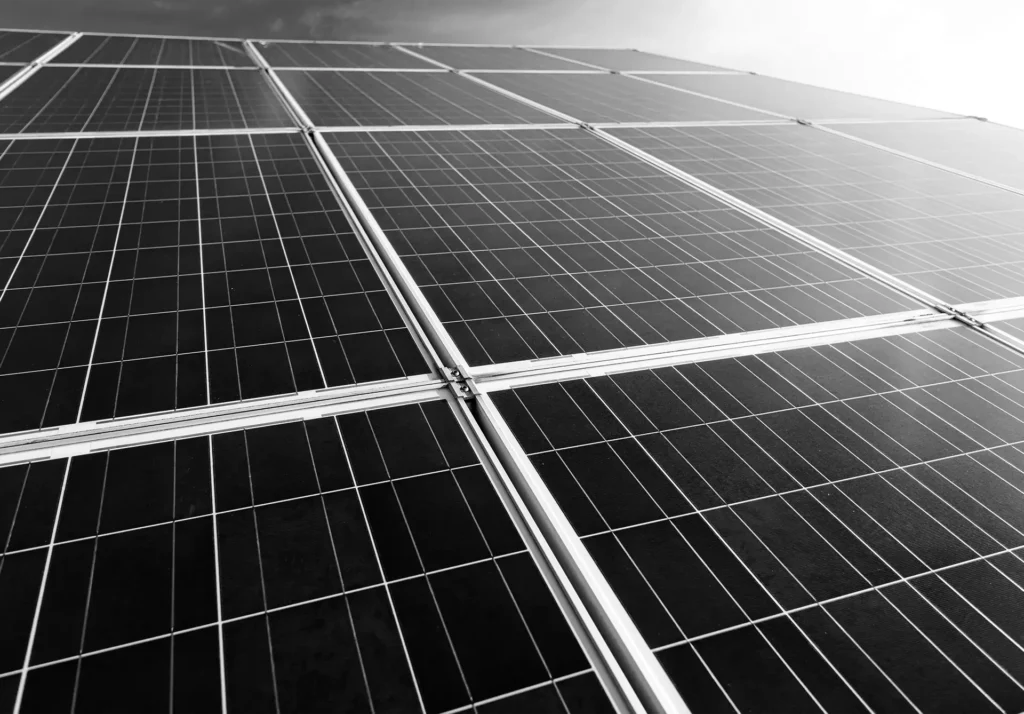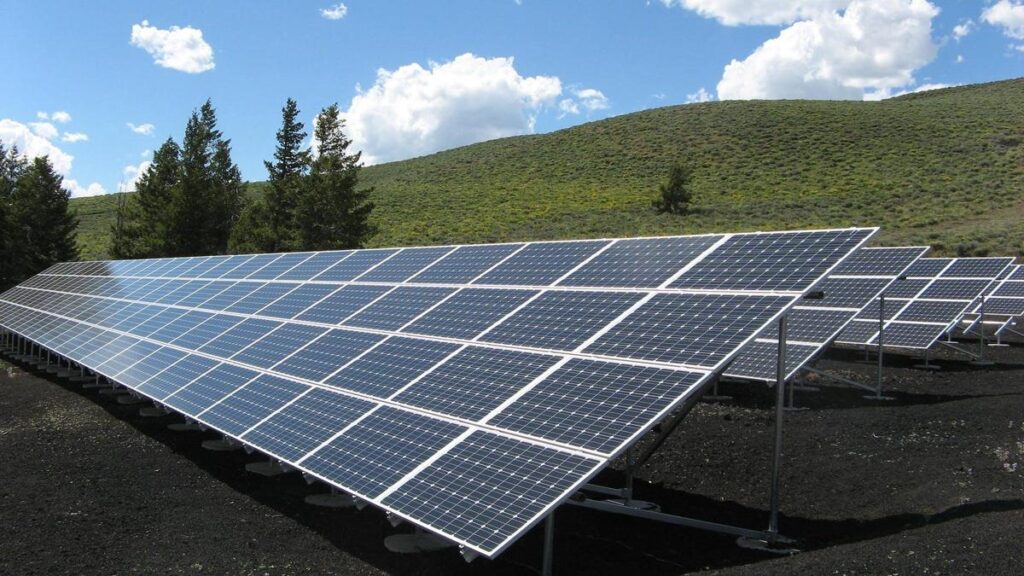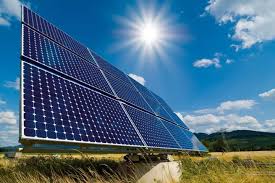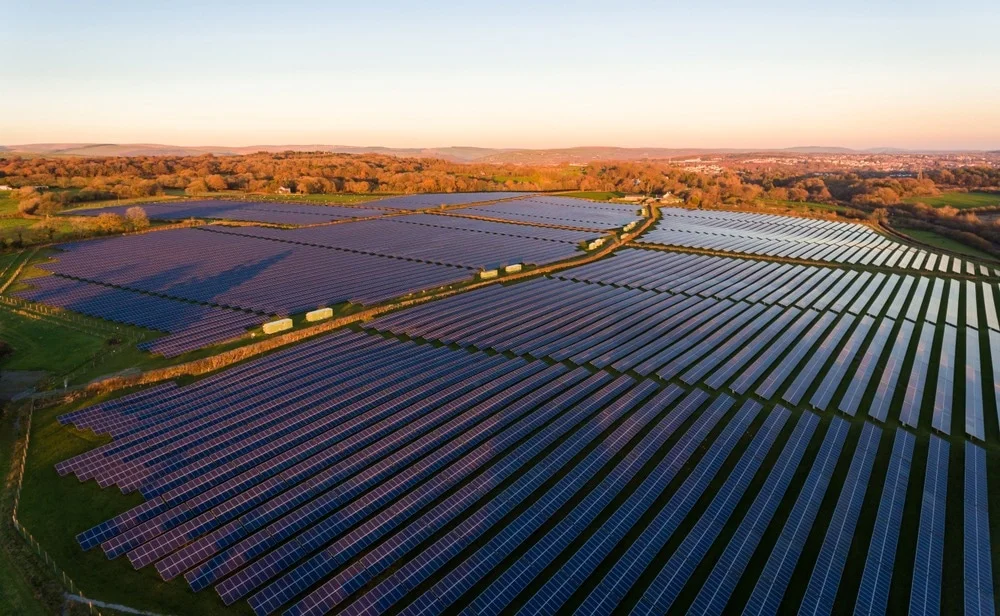7 Cutting-Edge Solar Panel Technology Trends Revolutionizing Energy in 2024

In recent decades, solar panel technology has evolved significantly, leading to numerous innovations. Advances include improved solar cell efficiency, the use of new and more abundant materials, advancements in manufacturing techniques, and flexible designs. These developments are ushering in a new era for solar photovoltaics, making them more accessible and efficient. Here are the key trends in solar panel technology shaping the PV industry in 2024.
Solar Panel Efficiency Rates Have Skyrocketed
Over the past two to three decades, solar panel efficiency has seen remarkable advancements. Early solar panels had a conversion efficiency of around 10%, meaning only about a tenth of the sunlight they captured could be converted into usable electricity. However, thanks to continuous research and technological breakthroughs, current solar panel efficiency rates commonly exceed 20%, and in some cases, even 25%.
These higher efficiencies mean that solar photovoltaic (PV) systems can convert nearly a quarter of the sunlight they receive into clean, renewable energy. This improvement has made solar energy a much more viable and attractive option for homeowners, businesses, and entire cities. Higher efficiency allows for greater electricity production from the same amount of sunlight, reducing the space required for installations and lowering costs.

Manufacturing Advancements With Perovskite Solar Cells
Reducing the cost of solar panels has always been crucial for their widespread adoption. Traditionally, nearly all solar panels are made from silicon. However, perovskite solar cells have emerged as a promising alternative due to their low production costs and high efficiency.
Perovskites are a type of semiconductor with a crystal structure that efficiently converts sunlight into electricity. They absorb a wide range of wavelengths, including visible and near-infrared spectra. Their low-cost and relatively simple manufacturing process, combined with ongoing research to improve their efficiency and stability, positions them as a potential game-changer in the renewable energy industry.
Perovskite-silicon tandem solar cells, which combine crystalline silicon with a perovskite layer, are particularly promising. This design captures long wavelengths with the silicon substrate and short wavelengths with the perovskites, resulting in high-performance characteristics.
Recent Announcements in Perovskite Solar Cell Research:
- LONGi: A Chinese firm achieved record-breaking efficiency with their tandem solar cells, reaching 26.81% in November 2023.
- University of Colorado Boulder: Scientists unveiled a new method for manufacturing perovskite cells, potentially crucial for commercializing next-generation solar technology.
Despite the potential benefits, challenges remain in improving the stability and scalability of perovskite solar cells. Researchers are actively working on these issues, which, once resolved, could make perovskite cells a cost-effective and efficient alternative to traditional silicon-based panels.

Bifacial Solar Panels Harness More Sunlight
Bifacial solar panels capture sunlight from both the front and back, utilizing reflected light from surfaces like the ground or nearby structures, resulting in increased electricity yield. Recent advancements in bifacial technology have contributed to their growing market share in the renewable energy sector.
Bifacial panels are valuable for various applications, from commercial installations to large-scale solar farms, enhancing the economic viability of solar energy. Researchers at the National Renewable Energy Laboratory (NREL) are even exploring the development of bifacial perovskite solar cells, further enhancing their potential.
Pros & Cons of Bifacial Solar Panel Technology:
Advantages:
- Higher Energy Yield: Capturing sunlight from both sides increases energy production.
- Durability and Longevity: Built to withstand environmental conditions.
- Better Performance in Diffuse Light: Suitable for areas with cloudy conditions.
- Increased Energy Output in Some Environments: Performs well in snow-covered regions or areas with reflective surfaces.
- Versatile Applications: Can be used in various settings, including rooftops and floating solar farms.
Disadvantages:
- Higher Cost: More expensive than traditional panels.
- Specialized Mounting: Requires different mounting systems, increasing installation complexity and cost.
- Aesthetic Considerations: The transparency might not be visually appealing to some.
- Potential Dust and Dirt Accumulation: The backside exposure requires more frequent cleaning.
- Reduced Shadowing Effects: More susceptible to shadowing, requiring proper installation and spacing.

Solar Panels Become Flexible and Lightweight
Advancements in materials and manufacturing techniques have led to the development of flexible, thin, and lightweight solar panels. These panels open up new possibilities for their application in diverse settings, from portable devices to curved surfaces.
MIT researchers have developed ultralight fabric solar cells, thinner than a human hair, that can be easily affixed to any surface, creating solar sheets. These cells produce 18 times more power per kilogram compared to traditional panels and represent the forefront of the latest solar technology.
Flexible and lightweight solar panels can be integrated into clothing, backpacks, vehicles, buildings, and even spacecraft, transforming the utilization of renewable energy and enhancing installation potential in various structures.

Optimizing Renewable Energy with Energy Storage
The integration of energy storage systems with solar panels is expected to see significant advances in 2024. Key developments include more advanced battery technologies, such as lithium-ion and flow batteries, which offer higher energy density, longer lifespan, and improved charging and discharging capabilities.
Advancements in battery management systems will provide better control and optimization of energy storage, allowing users to maximize the use of stored solar energy based on demand, grid conditions, or time-of-use pricing. Improved governmental policies and regulations, along with more favorable incentives and support programs, are anticipated to further promote the deployment of solar-plus-storage systems.

Transparent Solar Panels Harness Energy Without Compromising Aesthetics
Transparent solar panels are revolutionizing sustainable infrastructure by allowing windows and building facades to generate electricity while maintaining light transmission and visibility. These panels utilize photovoltaic (PV) technology to integrate seamlessly into architectural elements, creating energy-producing structures that remain visually appealing.
By harnessing the power of the sun without obstructing natural light or impeding views, transparent solar panels enable structures to be both functional and aesthetically pleasing, paving the way for a greener and more sustainable future.
The Rise of Smart Solar Panels Unlocks Efficiency and Performance
The integration of smart technologies, including sensors and Internet of Things capabilities, is transforming the solar panel industry. These technologies enable superior monitoring, maintenance, and optimization of solar panel performance, leading to enhanced efficiency and effectiveness.
Smart solar panels can adjust their orientation, track sunlight, and address energy production issues proactively, ensuring maximum electricity output and system reliability. This advancement promotes a more interconnected energy infrastructure with improved performance and sustainability.

Which U.S. Organizations Are Researching New Solar Panel Technology?
Several U.S. organizations are at the forefront of solar panel technology research:
- National Renewable Energy Laboratory (NREL): Focuses on advanced PV materials, device design, and manufacturing innovations.
- Sandia National Laboratories: Develops advanced PV materials, devices, and systems for a sustainable energy future.
- Stanford University: Researches new technologies for clean energy and renewable resources.
- University of California, Berkeley: Has a dedicated solar energy research group.
- Massachusetts Institute of Technology (MIT): Researches various aspects of solar energy to improve efficiency and cost.
Additionally, companies like Oxford PV specialize in developing and commercializing new solar panel technologies, such as thin-film perovskite solar cells.
What Are Some of the New Solar Panel Technology Trends for 2024?
Key trends for 2024 include:
- Improvements in solar cell efficiency.
- Advancements in storage technology.
- Increased adoption of bifacial solar panels.
- Incorporation of artificial intelligence and blockchain technology for system management.
These advancements will improve the efficiency and cost-effectiveness of solar panels, expand their applications, and increase their overall adoption.

How is Blockchain Technology Used in the Solar Industry?
Blockchain technology enables secure, transparent, and decentralized energy trading in the solar industry through virtual power plants (VPPs). It allows peer-to-peer energy trading between consumers, producers, and system operators without intermediaries, facilitating more efficient and reliable transactions.
Blockchain enhances the transparency and traceability of solar energy transactions, promotes renewable energy use, and enables the integration of distributed energy resources. It also facilitates microgrids, improves operations and maintenance, and reduces transaction costs.



